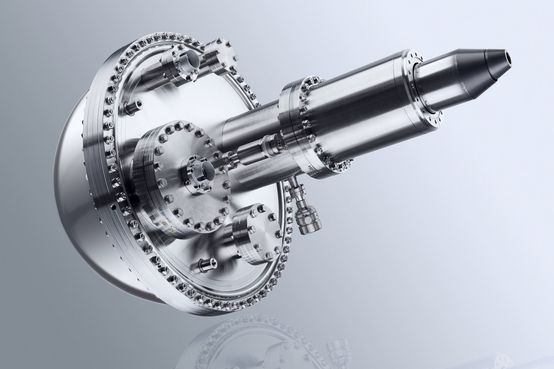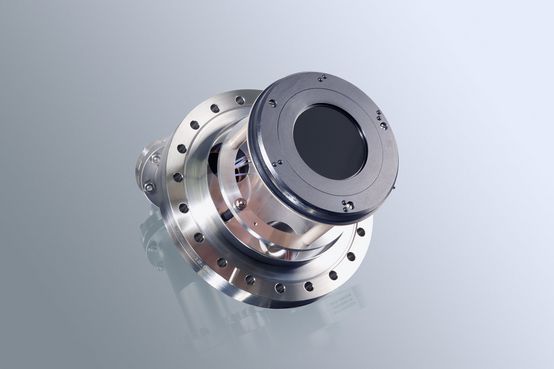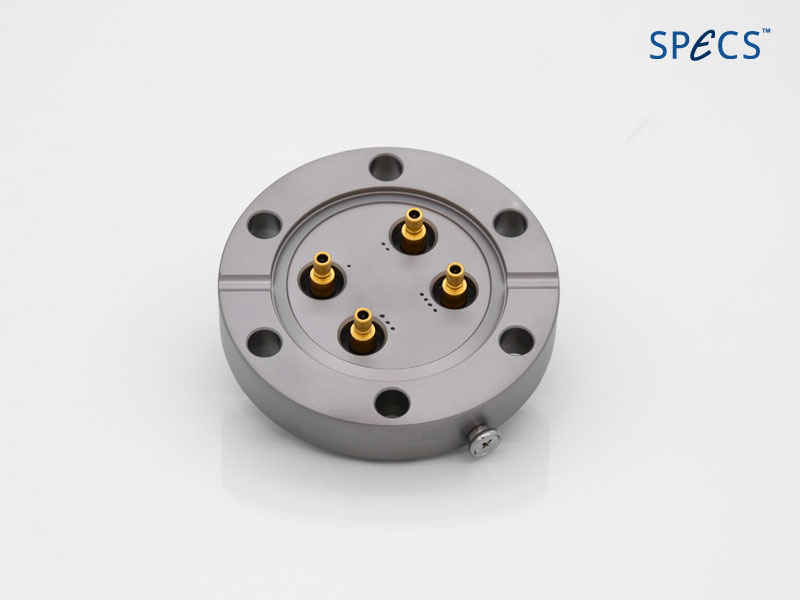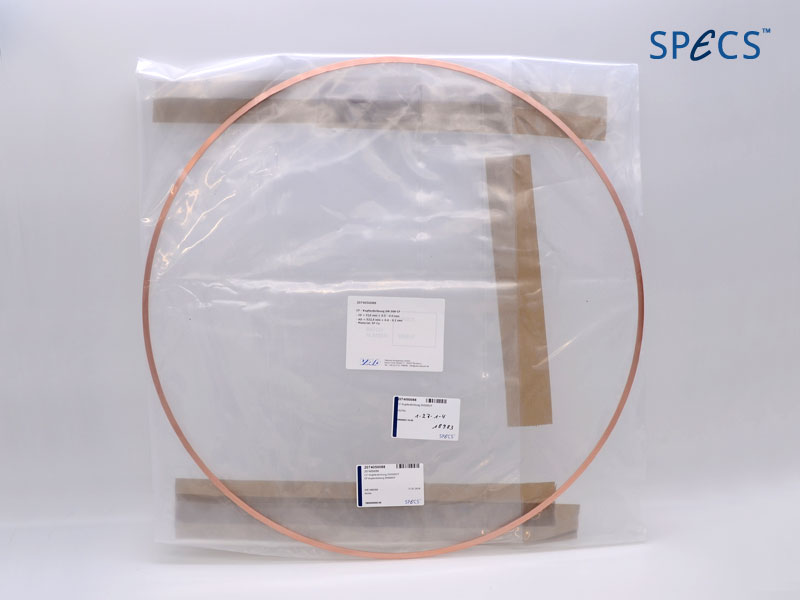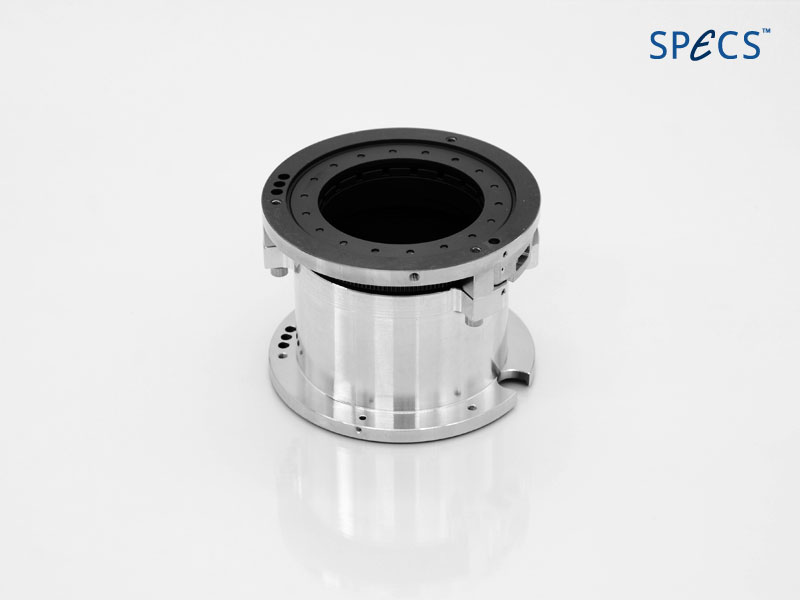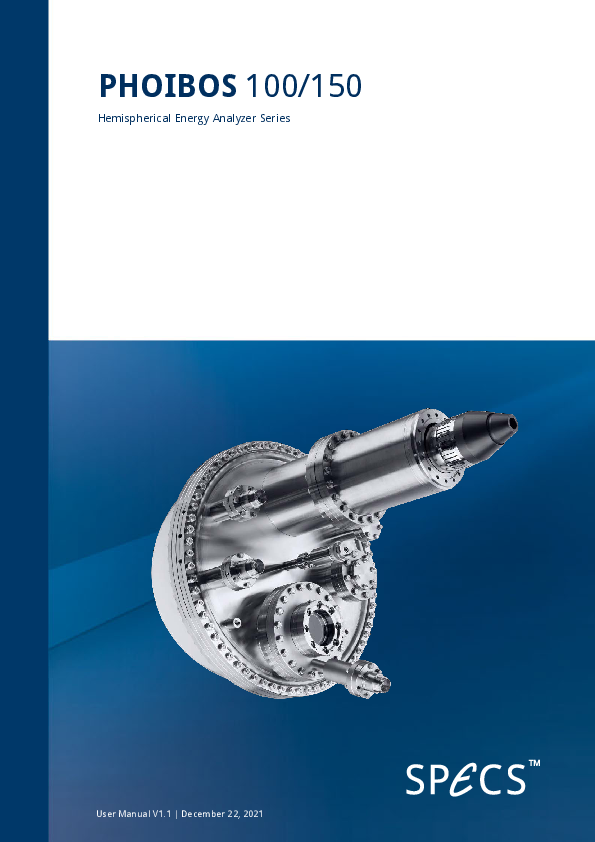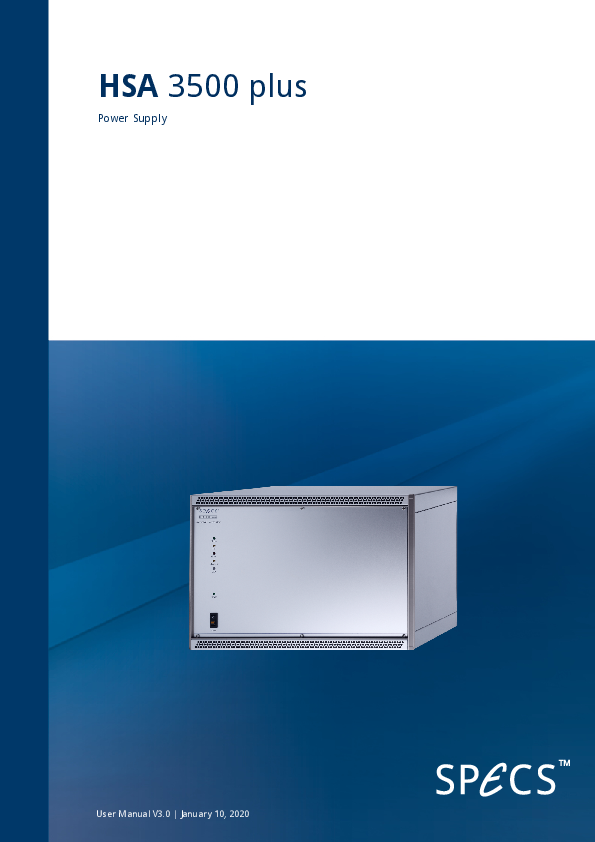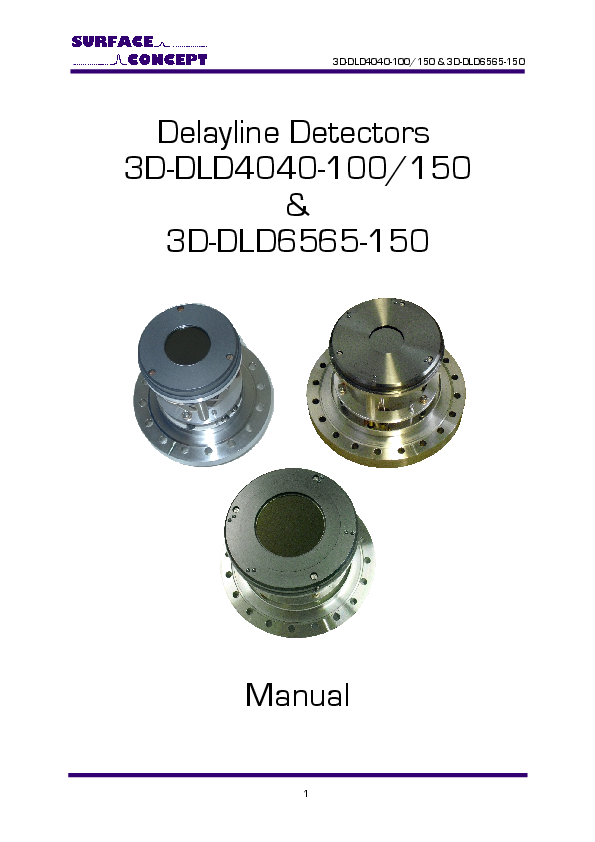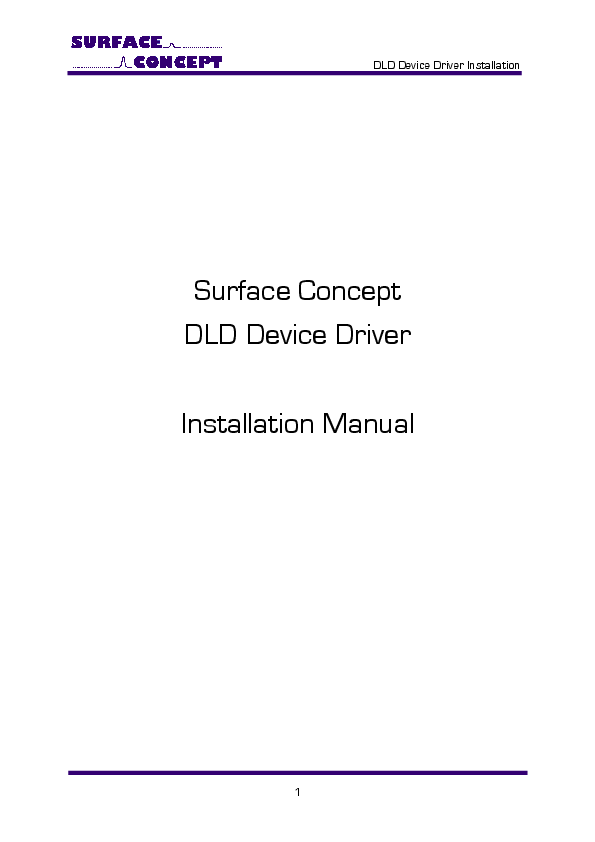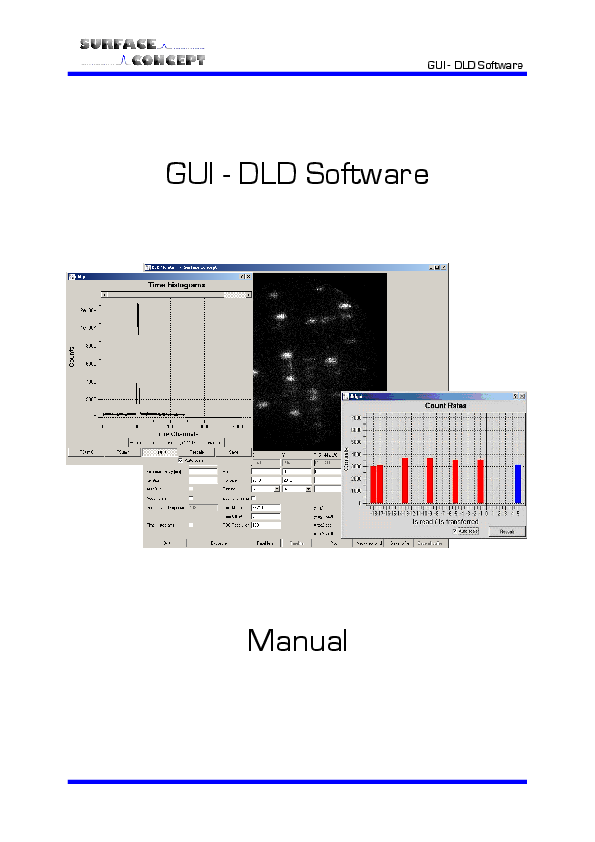 Detail
DetailPHOIBOS 150 2D-DLD
Hemispherical Energy Analyzer with 2D DLD Detector for XPS, ARPES, ISS and LEISS with 150 mm Mean Radius.
The PHOIBOS 150 hemispherical energy analyzer is the state-of-the-art analysis solution for photoelectron spectroscopy. This analyzer can be operated in all relevant analysis modes, such as ARPES, XPS, UPS, as well as AES, ISS and LEISS. Its design and the modular supplementary hardware makes this analyzer the most versatile PES analyzer in the market.
The integrated 2D-DLD detector is an ultrafast 2D single event detection system. The direct detection of electron signals yield quantitative counts per second (cps) in the energy and angular/second dimension. The powerful electronics can aquire ultrafast snapshot measurements of the energy spectrum with up to 1000 energy (anguklar channels as well as continous sweeping energy spectra. Its low dark count rate and high linearity make this detector outstanding for XPS analyis.
The energy analyzer sectionis equipped with 8 customizable entrance and 3 exit slits. For highest energy resolution the entrance slit can be chosen down to 50 µm, providing achievable energy resolution better than 2 meV. The analyzer comes with a highly stable power supply, the HSA 3500 plus, for best performance in a wide kinetic energy range.
SPECIFICATIONS
| Kinetic Energy Range | 0-3500 eV |
| Pass Energies | 0-550 eV Continously Adjustable |
| Energy Dispersion | Hemisphere |
| Lens Modes | Transmission Mode, Angular Resolved Mode, Magnification (Lateral Resolved) Mode |
| Measurement Modes | Snapshot Mode, Sweeping Mode, Fixed Energy Mode |
| Detector | 2D DLD Detector |
| Slits/Apertures | 8 entrance and 3 exit slits and iris aperture |
| Energy Window | 13% of Pass Energy |
| Electronics | HSA 3500 + |
| Working Pressure | 10-11 to 10-7 mbar |
| Lateral Resolution | < 35 µm |
| Energy Resolution | < 2 meV |
| Angular Resolution | < 0.1° |
| k-Resolution | N/A |
| Acceptance Angle | ±15°, ±7°, ±4° and ±3° |
| Smallest Acceptance Spot | 100 µm |
| XPS Count Rates UHV | > 0.5 Mcps @ 0.85 eV and > 1.5 Mcps @ 1.00 eV FWHM |
| Detector Channels | 1000 x 800 (with Channel Binning) |
| Working Distance | 40 mm |
| Mounting Flange | DN100CF (6" OD) |
| Magnetic Shielding | Double µ-Metal Shielding |
| Electric Isolation | > 10 keV |
SPARE PARTS

Spare channelplate set for 1D & 2D-DLD 100 & 2D-DLD 150. Not suitable for 1D-DLD 150
Spare electrical feedthrough for all DLD detectors. Connection flange for the ACU unit

Replacement feedthrough for PHOIBOS Release R5 & R6 iris mechanism

Replacement spindle for PHOIBOS Release R5 & R6 iris mechanism
